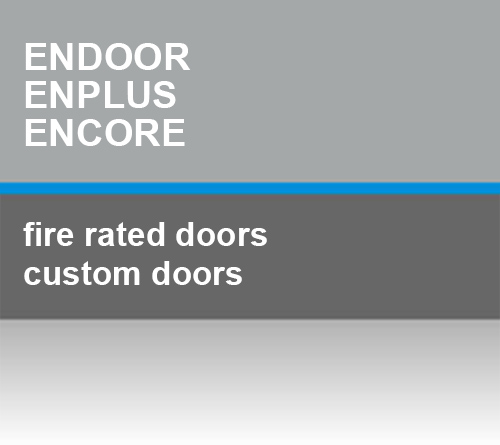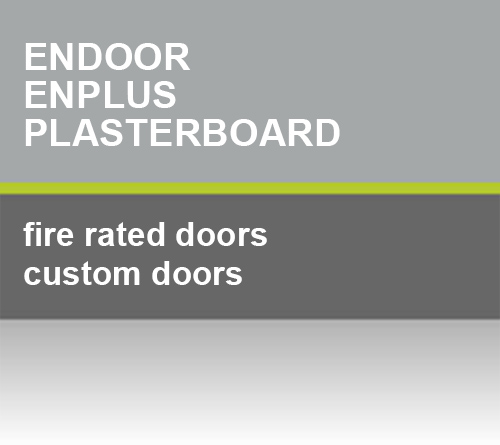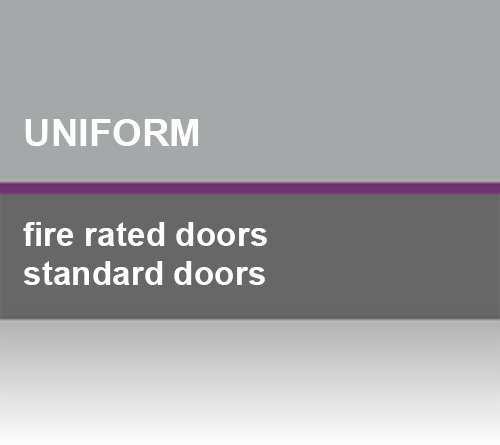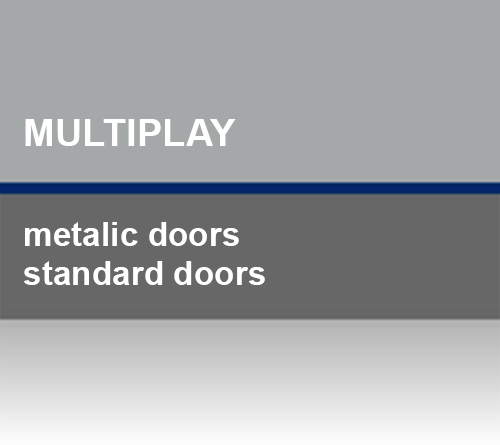Standards and legislation
The metallic doors and accessories in this brochure have been certified according to the new harmonised European standards which were implemented into Italian law by means of special Decrees. The principal standards and legislation are summarised below.
THE NEW STANDARD FOR DOORS: EN 1634-1
- These regulations are valid for all countries of the European Union and members of the EEA (Iceland, Norway, Liechtenstein).
- The standard is used together with standard EN 1363-1 (fire resistance tests, general regulations). The test equipment used must also meet the specifications contained therein.
- The doors subject to fire testing must satisfy integrity criteria such as the absence of fractures or gaps exceeding specific dimensions, insulation criteria as specified below and irradiation which, for I2 insulation, will be considered as met for the same period as the insulation withstand.
- Clearances between leaf and frame must be adjusted to between the average and the maximum values.
- Before fire testing takes place, the doors must undergo and withstand the mechanical aging tests stipulated by product standard EN 1191, for example repeated slamming and durability tests.
- In case of test El2 (adopted in Italy) the test thermocouples placed on the leaf must not exceed a maximum temperature increase of 180°C, an average of 140°C and, for those placed on the frame, 360°C.
- Scope of direct application of the test results for category “B”, i.e. for 60-minute doors that have resisted at least 68 minutes and 120-minute doors that have resisted at least 132 minutes: increases up to 15% in height and width or 20% in area, reductions of up to 25% in height and 50% in width. Modifications to the accessories are allowed provided they have been tested on another door of similar configuration.
- Anchorages and reinforcements can only be increased, not decreased. Ornamental finishings may be applied to a maximum thickness of 1.5 millimetres.
- Test results for doors with insulated leaves and metallic frames may not be transferred to partitions of a different nature.
THE NEW STANDARDS FOR THE HARDWARE:
EN 1935 hinges – EN 12209 locks
EN 1158 closing regulators
EN 1125 emergency crossbars
EN 179 emergency handles
EN 1154 door closers
EN 1155 electromagnets
Various introductory decrees..
- The hardware must have been tested and classified for installation on side-hinged fire resistant doors with a weight of up to 160 kg and single leaves of up to 1600 mm in width.
- The minimum classifications relate to the category of use, durability, door mass and closing force, suitability for use on fire doors, safety and corrosion resistance.
For more detailed information, LOCHER srl. will on request, supply customers with full copies of the above documents.
The purchaser must be aware that, according to Decree No. 626 dated 19 September 1994 and Decree No. 242 dated 19 March 1996, all doors used for emergency routes or exits must have a minimum net passage height of 2000 mm.








